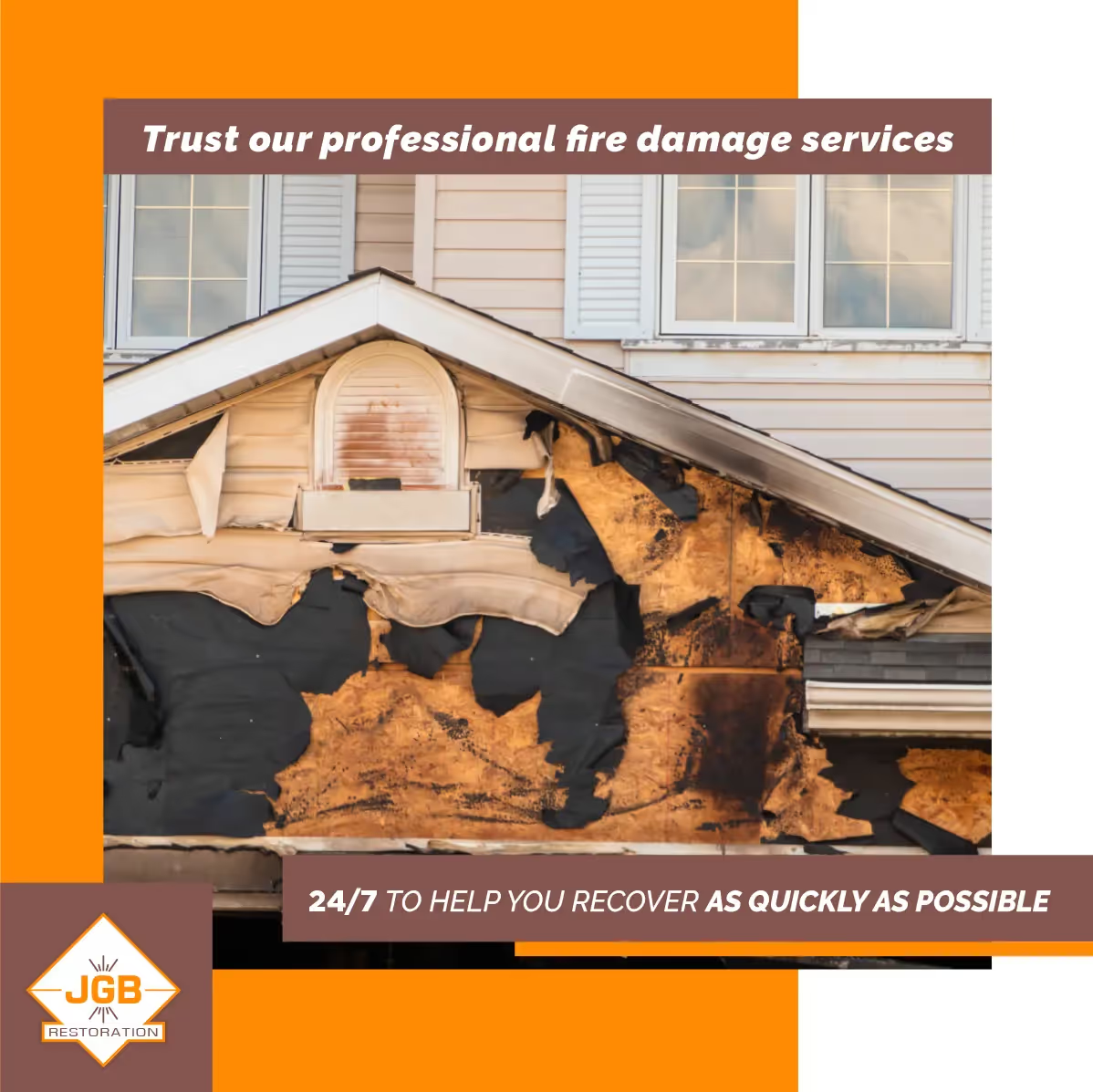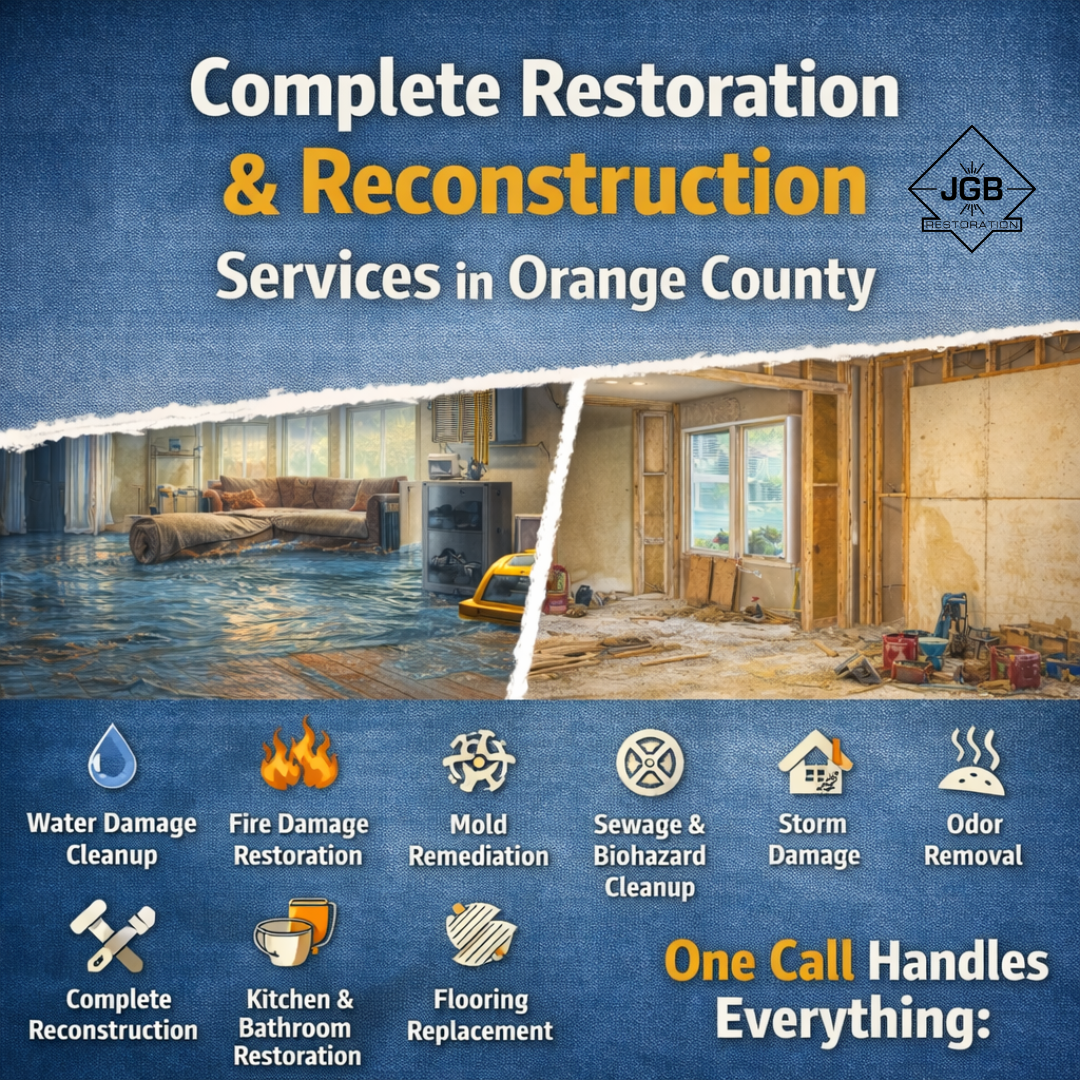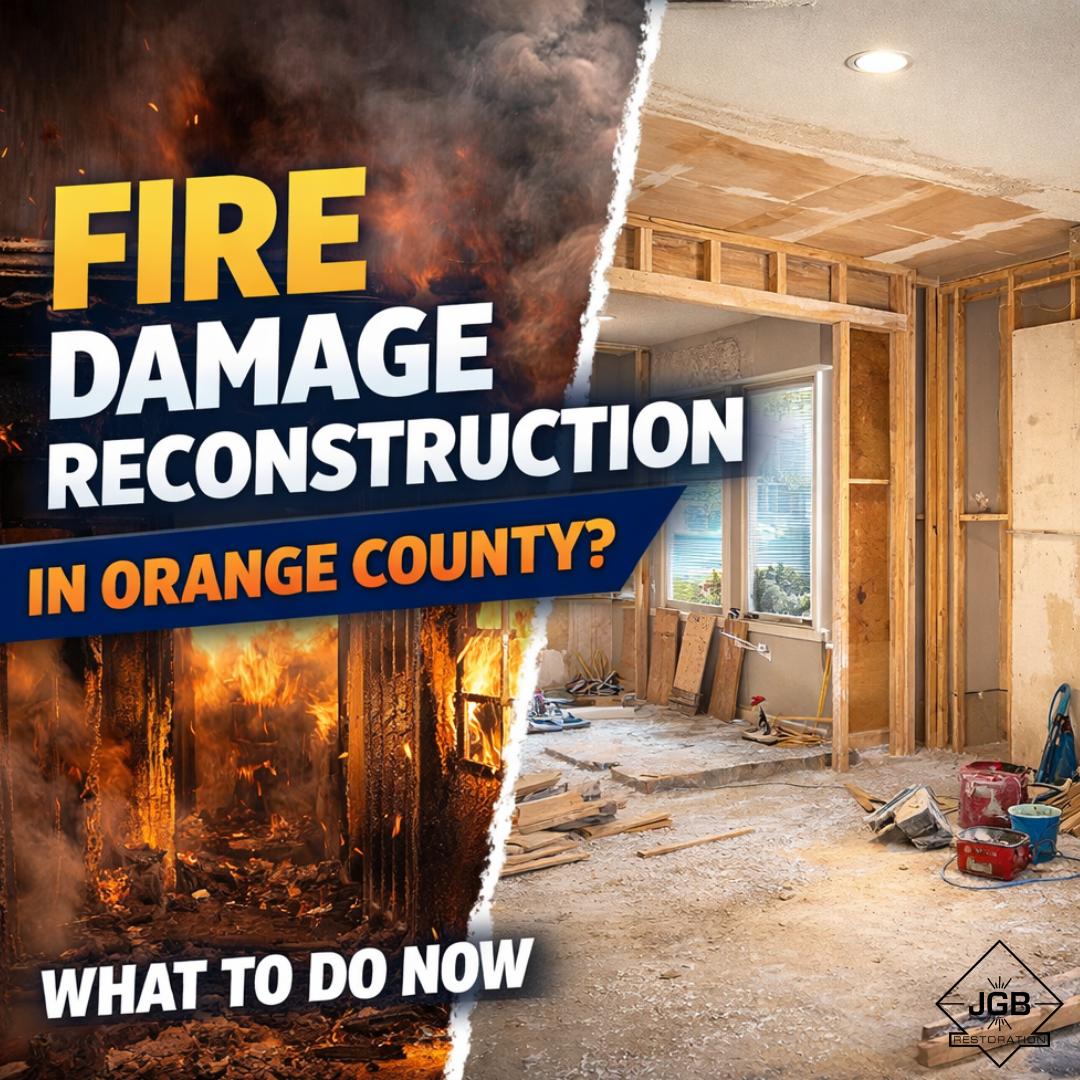Fire safety is an important aspect of maintaining a safe environment at home or in the workplace. Understanding the different types of fire extinguishers and their specific uses significantly prevents a small fire from becoming a major disaster. In this blog, we explore the various types of fire extinguishers, their appropriate uses, and essential tips for proper maintenance and usage.
Types of Fire Extinguishers
There are several types of fire extinguishers, each designed to tackle different classes of fires. Understanding these types and their uses is essential for effective fire safety. Here are a few of the different types of fire extinguishers frequently used:
Water Extinguishers
Water extinguishers are primarily used for Class A fires involving solid combustible materials (wood, paper, and textiles). They work by cooling the burning material below its ignition temperature. Never use water extinguishers on electrical fires (Class C) or flammable liquids (Class B), as this causes the fire to spread or result in electrocution.
Foam Extinguishers
Foam extinguishers are mainly used for Class A and Class B fires involving flammable liquids such as petrol, oil, and paint. This type of extinguisher smothers the fire to cut off the oxygen supply and cool the burning material. Foam extinguishers are unsuitable for Class C or cooking oil fires (Class F).
Carbon Dioxide (CO2) Extinguishers
This extinguisher is used to extinguish Class B and Class C fires. Carbon Dioxide extinguishers displace the oxygen around the fire and cool the fuel with a very cold discharge. They’re not effective on Class A fires because they don’t have a cooling effect on the fire’s embers.
Dry Powder Extinguishers
Dry Powder extinguishers are effective against Class A, B, and C fires. They work by interrupting the chemical reaction of the fire and forming a barrier between the fuel and oxygen. These extinguishers are versatile but create a mess and reduce visibility. Dry Powder extinguishers are not recommended for enclosed spaces unless absolutely necessary.
Wet Chemical Extinguishers
This type of extinguisher is best used against Class F fires (involving cooking oils and fats). Wet Chemical extinguishers cool the burning oil or fat and chemically react to form a soap-like solution which smothers the fire. This extinguisher is specifically designed for the kitchen, but it’s also used on Class A fires.
How to Use a Fire Extinguisher: The PASS Technique
Using a fire extinguisher correctly is crucial. The PASS technique is a simple method to remember:
- Pull the pin: This unlocks the operating lever.
- Aim low: Point the extinguisher nozzle (or hose) at the base of the fire.
- Squeeze the lever: This discharges the extinguishing agent.
- Sweep from side to side: Move the nozzle side to side until the fire is out. Start using the extinguisher from a safe distance and move closer as the fire is extinguished.
Fire Extinguisher Maintenance Tips
Regular maintenance of fire extinguishers ensures they function correctly when needed. Here are some key maintenance tips:
Monthly Checks
- Ensure the extinguisher is accessible and not obstructed.
- Check the pressure gauge to ensure it's in the operable range.
- Inspect the nozzle for any obstructions or damage.
- Ensure the pin and tamper seal are intact.
Annual Inspections
- Have a professional conduct a thorough inspection and servicing.
- Verify the extinguisher’s weight to ensure it is fully charged.
- Check for any signs of corrosion, leakage, or damage.
Hydrostatic Testing
Hydrostatic testing is conducted every 5 to 12 years, depending on the extinguisher type, to test the integrity of the cylinder.
Recharge After Use
Even if only partially used, an extinguisher must be recharged immediately after use.
Understanding the different types of fire extinguishers and their uses is fundamental to enhancing fire safety at home and in the workplace. By knowing which extinguisher to use for specific types of fires and ensuring they are well-maintained, you significantly reduce the risk of fire damage and ensure the safety of everyone in the vicinity. Stay prepared, stay safe, and make fire safety a priority.





